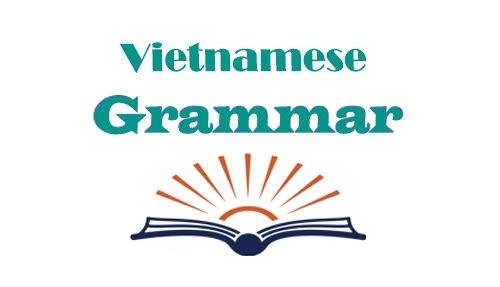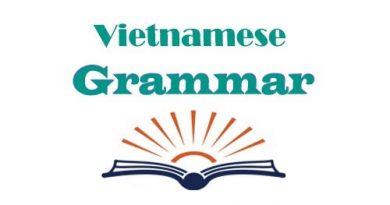Present continuous tense in Vietnamese
In this post, Tiengviet24h will introduce to you: Present continuous tense in Vietnamese. Let’s start!

How to use
– Used to describe an action, a state that is happening at the moment of speaking.
Example:
Mình đang ăn phở.
I’m eating.
Cô ấy đang rửa chén.
She is washing dishes.
Cô ấy đang giận đó.
She is angry.
– Used to describe a longer action in progress (the action does not have to happen at the moment of speaking).
Example:
Mình đang đọc sách của tác giả này.
I am reading this author’s books.
Anh ấy đang tìm việc làm.
He is looking for a job.
Tớ cũng đang xem phim này nè.
I am also watching this movie.
– Used to describe the change or development of something.
Example:
Quê mình đang ngày càng phát triển hơn.
My hometown is developing more and more.
Kỹ năng tiếng Anh của em đang ngày một cải thiện.
My English skills are improving day by day.
Thời tiết đang ấm dần lên.
The weather is getting warmer.
Structure
We use verb-ing in English present continous tense, but in Vietnamese, we just need to add the word “đang” before each verb to describe an action / a state that is happening, a longer action in progress or the change / development of something.
Positive form
Subject + đang + action / state
Example:
Con đang học bài.
I’m studying.
Các học sinh đang nô đùa trên sân trường.
The students are playing together in the schoolyard.
Trời đang mưa.
It’s raining.
Mình đang bận.
I’m busy.
Negative form
+ The word “đang” is rarely used in negative sentences of present continuous tense.
+ The negative form of Vietnamese present continuous tense is usually similar to the negative form of Vietnamese present simple tense.
Subject + không có + action / state
+ It usually answers the question: Ai đó đang làm gì đó phải không? (Is someone doing something?)
Example:
Con đang học bài à? (Are you studying?)
Dạ không, con không có học bài. (No, I’m not studying.)
Các học sinh đang nô đùa trên sân trường phải không? (Are the students playing together in the schoolyard?)
Không, các học sinh không có nô đùa trên sân trường. (No, the students are not playing together in the schoolyard.)
Trời đang mưa phải không? (Is it raining?)
Không, trời không có mưa. (No, it is not raining.)
Cậu đang bận à? (Are you busy?)
Không, mình không có bận. (No, I’m not busy.)
Interrogative form
+ Yes – No question:
Subject + đang + action / state + phải không / à?
Có phải + subject + đang + action / state + không?
Example:
Cậu ấy đang buồn à?
Is he sad?
Em đang ở nhà bạn phải không?
Are you at your friend’s house?
Có phải em đang rất mệt không?
Are you very tired?
Có phải cô ấy đang xem ti vi không?
Is she watching TV?
+ Question word questions:
Ai + đang + action / state + vậy / thế?
Subject (person, animal) + đang + làm gì + vậy / thế?
Subject (person) + đang + action / state + với ai + vậy / thế?
Subject (person, animal) + đang + ở đâu + vậy / thế?
Example:
Ai đang tới vậy?
Who is coming?
Nam đang làm gì thế?
What is Nam doing?
Bé Lan đang chơi với ai vậy?
Who is Lan playing with?
Mèo con đang ở đâu thế?
Where is the kitten?
Above is: Present continuous tense in Vietnamese. See other similar posts in category: Vietnamese grammar
We on social : Facebook
